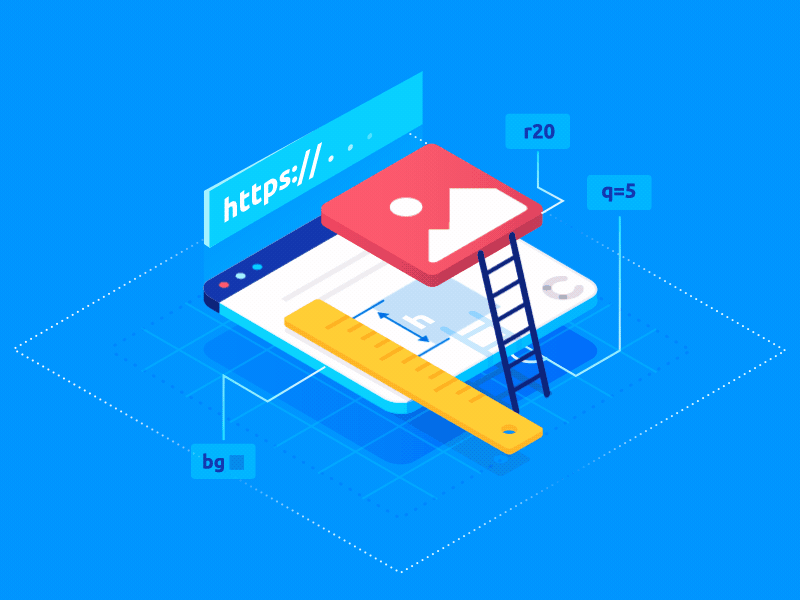The path that respond to critical issues before they impact your business starts here.
Drivit gives you actionable insights to minimize incidents and improve your protection.
One of the most important procedures that a company must master is incident management. Service outages may be costly to a company, so teams need a quick and effective means to respond to and fix them. Incidents can cause operations to be disrupted, resulting in temporary downtime and the loss of data and productivity.


Drivit’s ticket resolution assigned, categorized, and managed in an easy-to-use interface, allowing for speedier ticket resolution.
- It improves the productivity and efficiency, minimize the downtime in incident management
- It identifies the potential service improvements and improves the end-user satisfaction
- Company gains the valuable insights via 24/7 monitoring and reporting to detect incidents before they occur.
- Maintain the consistent service levels and Smooth business operations in the organization
- Identifies the gaps in skills and knowledge of the employees and driving the continuous improvement.
- Logging: The first step in incident management is to identify the issue. End users will usually report the issue themselves, but the IT team can set up a system for agents to collect information on a form template.
- Notification & Escalation: A critical part of incident handling is categorizing an incident. This determines how an incident will be handled, and who will handle it. When an incident triggers an alert, it sends the appropriate individuals to handle it according to their expertise.
- Classification: When an incident occurs in an organization, it is categorized based on the category and subcategory fields. The right fields are then used for classification so that reports can be quickly generated based on the classification.
- Prioritization of Incidents: Prioritizing tickets based on their urgency will help you address business critical issues on time. A realistic SLA definition that meets customer commitments will help you handle problems smoothly.
- Investigation and Diagnosis: The incident management team handles incidents as they occur. The IT team analyzes the situation and provides a solution once it is raised by an employee.
- Resolution and Closure: One of the goals for any IT department is to resolve issues as fast as possible. To do this, it’s important to communicate about a resolution and close a ticket.

The process of Incident Management is a series of steps to identify, analyze, and resolve critical incidents. The Incident Management Process focuses on getting your organization’s services back to normal as quickly as possible.

- User-Friendly Experience: Select help desk products with a user-friendly UI and an easy-to-use ticketing system to create a user-friendly experience.
- Create a Clear Prioritization System: Create a priority queue and grading system that reduces the risk of expensive company disruptions.
- Find and Report Common Issues: Look for trends and document common problems and solutions; make these papers easily accessible through the ticketing system.
- Concentrate on determining the true cost of your service: Metrics such as Mean Time To Resolution (MTTR), tickets per asset, and cost per ticket can assist you in determining your real service costs.
- Focus on the Consumer Experience: Above all, remember to think about how you can enhance the customer experience, and make their lives easier by making your procedures more efficient.


